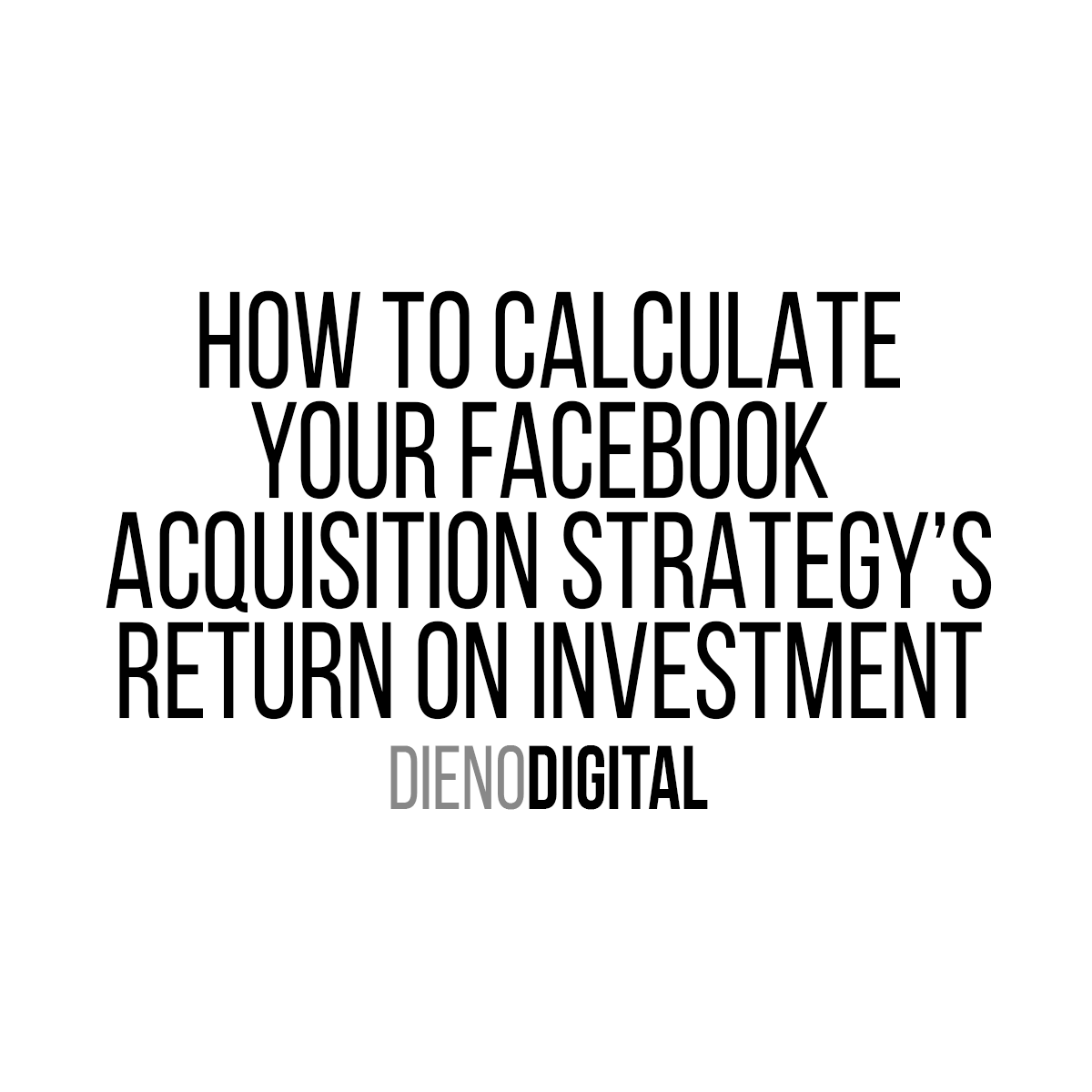This is not a sales pitch and this won’t be flashy. I have executed digital marketing strategies for over a decade, and worked on building brands on social media for half of that. The information below is based on my experience, is my opinion, but will be factual. I make data driven decisions in all of my strategies and this white paper will outline how I have achieved a successful ROI on Facebook and how I measured it.
I should note at this point that all of the strategy I am discussion here is based on organic content posted directly to your followers or advertisements on the Facebook platform that are only targeted at your Facebook Page’s current likes and not anyone who is not connected to your brand. There will be more information on the purpose of a Facebook Acquisition strategy later.
Why would I not just run ads on Facebook as opposed to “Building” my facebook page’s “likes” or “followers” with acquisition advertisements?
As I will discuss in upcoming articles, a content strategy on social media targeting your low hanging fruit (the people who already engage with your brand’s Facebook Page) is much more affordable than attempting to target those whom aren’t.
An example of this I can provide is that for one of my brands I pay a mere 2-4 cents to interact with a prospective customer who is already engaged with my brand as opposed to anywhere of up to $1.00 – $3.00 it can cost to reach someone completely disconnected from your brand and have them interact with it.
If you operate a brick and mortar store and have absolutely no online “conversion” point you will want to create one. There should be an investment somewhere in your company’s business model to have an online presence, and at the very least you could utilize a subscription based newsletter to provide some sort of path to your sales funnel, which then could be measured. Attribution has been a battle for marketers, I would imagine, since the beginning of time. The idea of “big data” has still not solved that problem completely. A lot of assumptions can be made, but aren’t concrete evidence that an online mechanism prompted someone to walk into your retail outlet and purchase something. We can however, determine if an online mechanism is what a customer clicked on to get them into your sales funnel, eventually making an online purchase. That is what I will be focused on in this document. So for those of you who aren’t in the ecommerce game in any way, have no ability to track in store sales with some sort of promo code, a conversion could just as easily be an “e-newsletter sign up”. You would then need to determine, based on your newsletter model what a customer is worth and how much a conversion is worth.
Two simple formulas that help me calculate my Facebook Acquisition ROI.

Let’s look at a Facebook acquisition campaign results and roi:
| Total Page Likes | Total Acquisition Spend | Cost Per Like |
| 100 | $200 | $2.00 |
| Total Sales | Conversion Rate | Profit Per Sale |
| 5 | 5% | $50 |
| Total ROI | $50 |
In the above campaign we acquired 100 new Facebook “Likes”, out of those Facebook Likes we had 5 sales which brought in $250 total in profit. The campaign cost us $200 to run so our total return on investment was $50.
These numbers sound small, but when you are scaling it and working on extremely large campaigns your roi can be high.
The above formulas work great for campaigns but it doesn’t always line up that easily. For example, your page may have 15,000 likes already and some of your existing “likes” or followers may click on your organic posts and convert to a sale.
So how do you measure that?
You should treat it as traditional marketing when it comes to measuring your dollars that way. How much are you spending monthly on your Facebook budget? That is your total spend regardless of how many sales you achieved directly from Facebook
For example, if you are running a $10,000 a month TV commercial promoting a specific product for sale and your profit from that product’s sales is $50,000 that month your return on investment is $40,000.
So why not measure your Facebook online sales the same way?
Another good way to measure your Facebook budget is to simply calculate your monthly costs of advertisements and look at how many conversions are acquired from your Facebook ads or page.
The formula I tend to use for that looks like something like this:

For example, these could be the results of a Facebook “Acquisition” campaign for the month of January. Based on a $10,000 spend, there was a return on investment of $25,000.
| Total Page Likes January | Total Acquisition Spend | Cost Per Like |
| 40,000 | $10,000 | 0.25 |
| Total Conversions From Facebook January | Conversion Rate | Profit Per Sale |
| 1000 | 3% | $25 |
| Total profit from Facebook Sales | $25,000 | |
| ROI | $15,000 |
The above results show that out of 40,000 Facebook Likes, 1,000 of those converted to an online sale with the profit of $25 per sale, which equalled a return on investment of $15,000.
Trust me when I say that the above is not easily achievable without a strong social media strategy in place and content that is properly executed. The above “sales” or conversions could be from multiple posts, ads, or other creative on the Facebook platform posted from your page. This also heavily relies on you ONLY targeting advertisements to people that currently “like” your page. Why would you want to do that? These people are the low hanging fruit. In some way they are already connected and interested in your brand. In my opinion you should always target your followers with your advertisements first.
That being said you could apply a very similar formula strictly to a Facebook ad spend and not associate it with your page’s likes at all. Your campaign summary would probably look something like this. (Note that in most cases, your ad campaigns would target your current “followers” or “likes” first anyways).
| Total Facebook Ad Spend | ||
| 15,000 | ||
| Total Conversions From Facebook January | Conversion Rate | Profit Per Sale |
| 1000 | 25 | |
| Total profit from Facebook Sales | 25000 |

